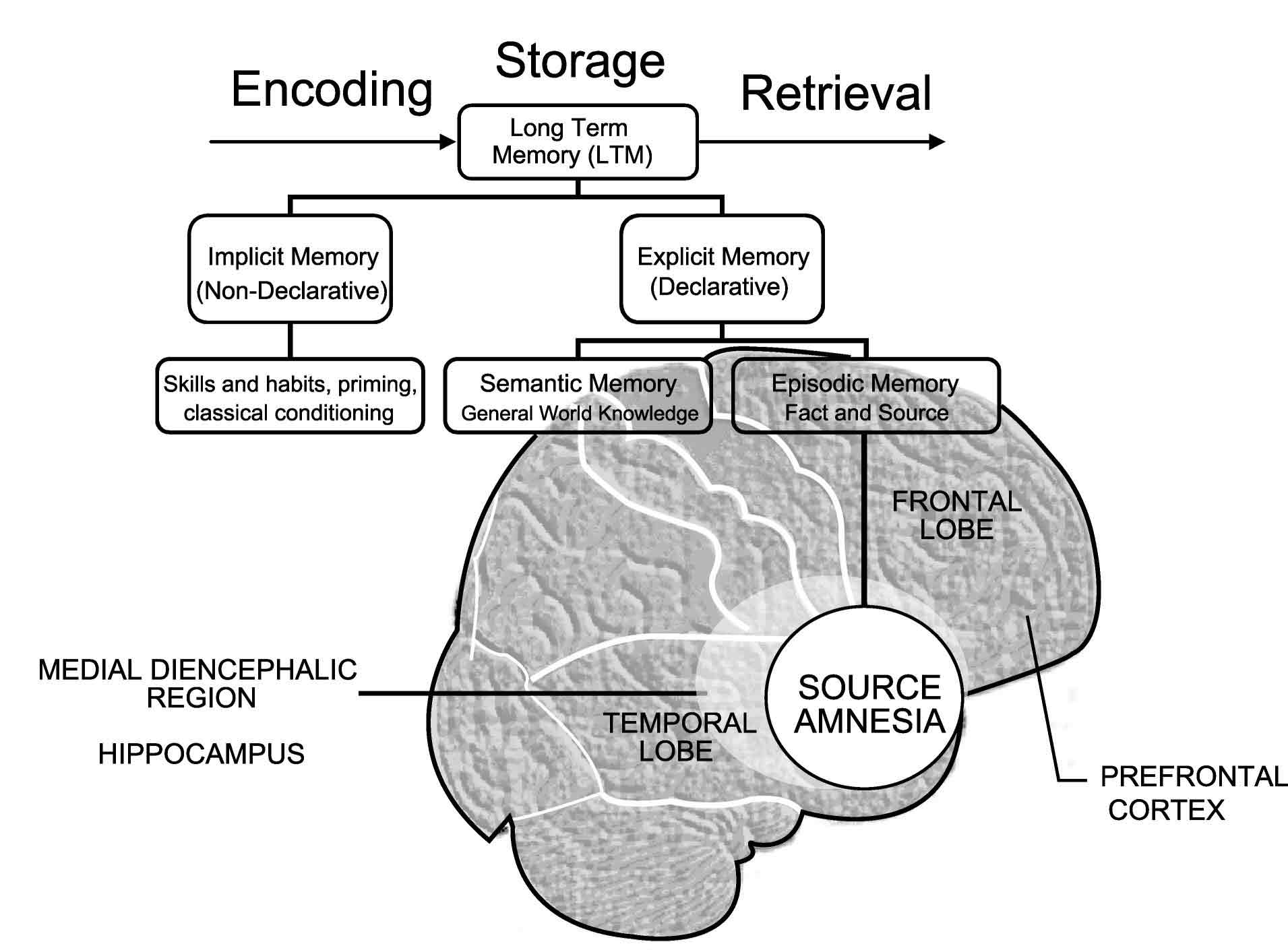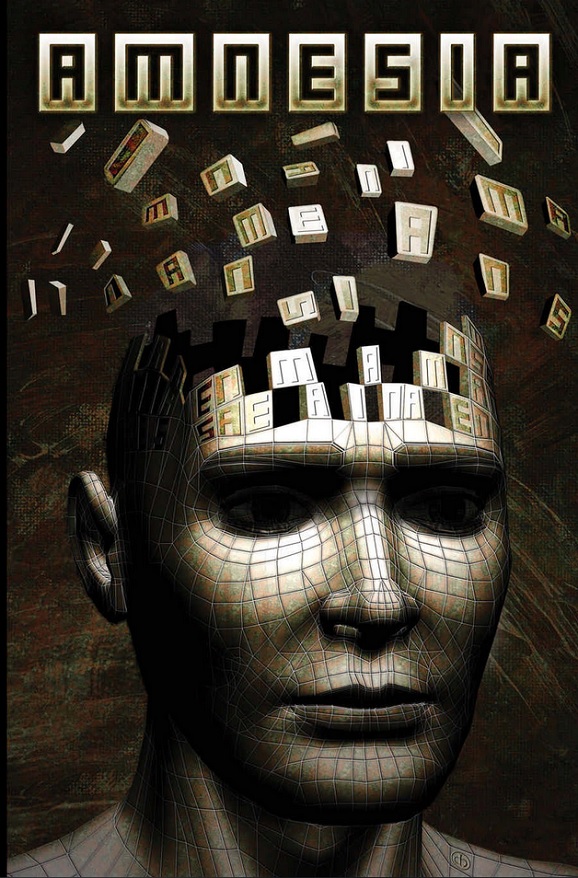
The results of this study showed that only the rats unfamiliar with the task demonstrated selective amnesia 24 hours later. These shocks varied in duration, lasting from zero to five seconds.

After the rats had completed their task a pre-determined number of times, the experimenters administered an electroconvulsive shock to the rats meant to induce selective amnesia. Some rats were allowed to familiarize themselves with the task while others were only allowed to experience the task once. To study this phenomenon, Lewis and colleagues (1969) taught rats a simple passive avoidance task, a fear-aggravated test used to evaluate learning and memory in rodent models. One's familiarity with a task influences how selective amnesia affects the subject's memories. However, a replication study conducted by Stam and colleagues (1980) failed to replicate these results, suggesting that these conclusions may be invalid. They found that participants are more likely to forget critical words than neutral words. Participants were then instructed, under the influence of hypnosis, to forget half of the words they were given. He then placed the participants under hypnosis and listed nine critical words and nine neutral words.

Clemes (1964) was able to identify participants’ critical words-words that are linked with inner conflict-and neutral words-words that are not linked with inner conflict. People may be more susceptible to hypnotic amnesia if the words they are asked to forget (or remember) have significant emotional connotations. Common elements that may be forgotten are relationships, where they live, and certain special abilities and talents (e.g., juggling, whistling, instrumental talents, etc.).įactors Emotional connotations Selective amnesia is a type of amnesia in which the sufferer loses only certain parts of their memory.


 0 kommentar(er)
0 kommentar(er)
